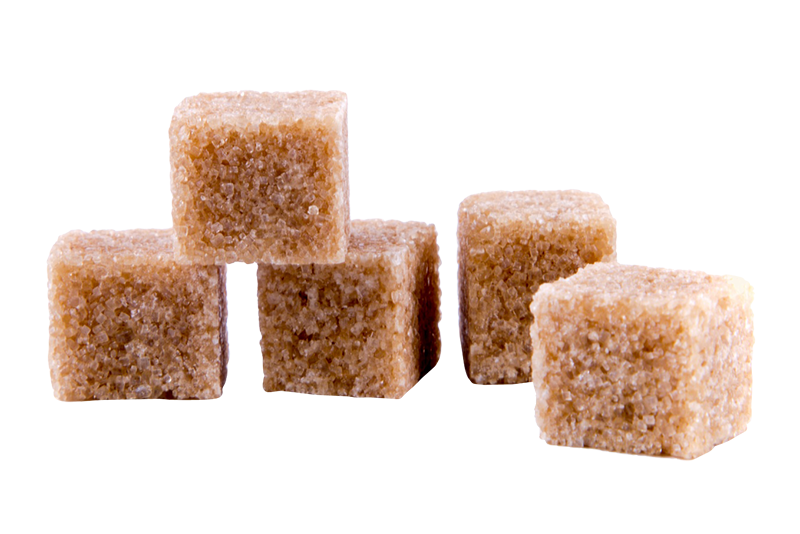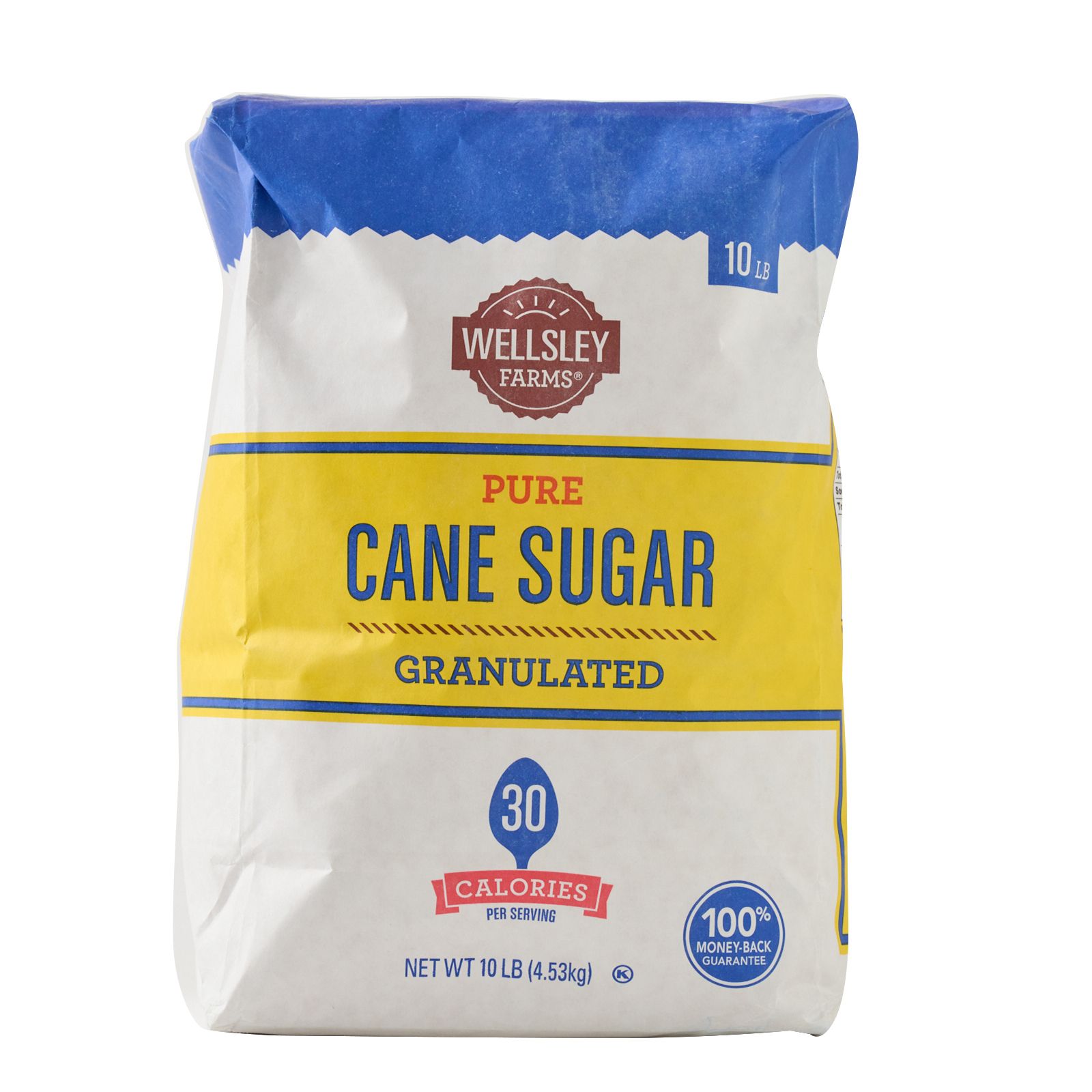An In-Depth Overview to the Environmental Impact and Sustainability Practices in Cane Sugar Handling
The environmental effect of cane sugar processing presents a complex selection of challenges that warrant cautious exam. From dirt destruction and too much water use to the carbon impact related to cultivation and production, the repercussions of typical practices are far-ranging. In comparison, the adoption of innovative sustainability steps uses a path toward more accountable production approaches. Recognizing the interplay between these issues is important for stakeholders in the industry. What details practices can be implemented to strike an equilibrium between efficiency and ecological stewardship? The responses depend on a better consider both the obstacles and possible remedies.
Overview of Walking Stick Sugar Handling
Walking stick sugar handling involves a collection of organized steps that change sugarcane into polished sugar. At first, gathered sugarcane is carried to refining facilities, where it undergoes cleaning up to eliminate soil and particles. Following this, the cane is crushed to draw out juice, which is after that made clear by removing pollutants through home heating and the enhancement of lime.
The made clear juice goes through dissipation, where water is eliminated to focus the sugar web content. This concentrated syrup is then crystallized through cooling, allowing sugar crystals to form. These crystals are separated from the staying syrup using centrifugation, resulting in raw sugar. To achieve polished sugar, the raw product goes through further filtration procedures, which might include cleaning and filtering to get rid of continuing to be pollutants and shade.
The final item is after that dried out and packaged for circulation. Throughout this whole process, preserving performance and top quality control is necessary to ensure the sugar meets market criteria. Each action in walking cane sugar handling not only adds to the final product however additionally has effects for resource usage and waste generation, setting the stage for conversations on sustainability and environmental influences connected with sugar manufacturing.
Ecological Difficulties of Manufacturing
The production of walking cane sugar presents a number of significant ecological obstacles that warrant attention. One key worry is the considerable usage of agrochemicals, consisting of pesticides and plant foods, which can result in soil destruction, biodiversity loss, and contamination of local water resources. The runoff from sugarcane fields commonly lugs these chemicals into nearby ecosystems, interrupting water life and influencing the health of communities reliant on these water bodies.
An additional obstacle is the high power consumption connected with sugarcane processing. The boiling and refining stages need significant warm, mainly produced by melting fossil fuels, adding to greenhouse gas exhausts. In addition, the expansive acreage needed for sugarcane farming can lead to logging and habitat damage, additional worsening climate modification and threatening wildlife.
In addition, the labor practices in some regions raise moral issues, as workers might face bad working conditions and inadequate incomes. This situation usually continues a cycle of poverty in local areas. Cane Sugar Processing. Dealing with these environmental challenges is crucial for creating a lot more lasting practices in cane sugar manufacturing, ultimately benefiting both the atmosphere and the communities associated with this sector
Water and Land Use Effect
Water resources and land usage are important parts in the walking click here now stick sugar market that substantially impact the setting. The cultivation of sugarcane requires considerable water input, with estimates recommending that it can take in approximately 2,000 liters of water per kilogram of sugar created. This extensive use water commonly leads to deficiency of local water sources, affecting not just the sugarcane ranches however additionally bordering ecosystems and areas that count on the very same water sources for farming and domestic use.

In addition, land usage for sugarcane growing can bring about logging and the conversion of all-natural habitats into monoculture haciendas. This practice decreases biodiversity, disrupts neighborhood ecological communities, and adds to dirt destruction. The growth of sugarcane fields frequently intrudes on useful agricultural land, developing competitors for resources between food and biofuel manufacturing.
Lasting methods, such as enhancing irrigation methods and carrying out crop rotation, are important to mitigate these impacts. By embracing extra efficient water usage and land administration techniques, the cane sugar industry can lower its environmental footprint, making certain a balance between agricultural efficiency and environmental conservation.
Greenhouse Gas Emissions
Greenhouse gas discharges stand for a substantial environmental worry within the cane sugar processing sector, especially as farming practices expand to meet global need. The cultivation of sugarcane, a plant that grows in exotic environments, depends greatly on synthetic plant foods and chemicals, which add to laughing gas discharges. Additionally, land-use adjustments, including deforestation for brand-new sugarcane plantations, release co2 kept in plant life and dirt.
During handling, energy intake is one more major source of greenhouse gas discharges - Cane Sugar Processing. Lots of sugar mills make use of nonrenewable fuel sources to power machinery and produce heat, causing significant carbon impacts. Additionally, the transport of Look At This raw sugarcane and ended up products adds layers of emissions through gas combustion in vehicles
This involves reviewing present farming practices, refining approaches, and transportation systems to recognize locations for improvement and mitigation. Addressing greenhouse gas emissions is essential for fostering a more lasting walking cane sugar market in an altering climate.

Lasting Practices and Innovations
Lasting practices and developments are significantly important in the cane sugar handling industry as stakeholders seek to decrease environmental impacts while keeping performance. One significant development is the application of integrated crop administration, which optimizes source usage by combining soil administration, bug control, and plant rotation strategies. This strategy boosts return while lessening chemical inputs and maintaining dirt health and wellness.
Additionally, the adoption of renewable resource sources, such as biomass from sugarcane residues, has gained traction - Cane Sugar Processing. By converting waste products into energy, processing facilities can minimize their reliance on nonrenewable fuel sources, thus lowering greenhouse gas emissions
Water management practices have additionally seen enhancements via the recycling and reusing of water in handling plants, considerably reducing freshwater usage. Developments in innovation, such as precision farming, enable farmers to monitor plant wellness and resource usage better, making sure lasting growing methods.
Additionally, certification programs like Fair Trade and visit their website Rain forest Alliance motivate ecologically responsible farming methods and promote social equity within the supply chain. By embracing these sustainable practices and advancements, the cane sugar processing sector can improve its strength and contribute positively to environmental stewardship.
Final Thought
The environmental impact of walking stick sugar handling provides significant challenges, including dirt deterioration, high water consumption, and greenhouse gas emissions, alongside moral problems connected to labor techniques. Attending to these concerns via sustainable techniques, such as incorporated plant administration, renewable resource adoption, and water recycling, is important. By promoting socially equitable and eco accountable approaches in sugar manufacturing, the sector can mitigate its negative effects, making sure an extra lasting future for both communities and environments involved in this market.
Walking stick sugar processing includes a collection of organized steps that transform sugarcane into polished sugar. Each action in walking cane sugar processing not just adds to the last item however additionally has implications for source use and waste generation, establishing the stage for conversations on sustainability and environmental impacts associated with sugar production.
Greenhouse gas discharges represent a considerable environmental issue within the cane sugar handling sector, specifically as agricultural techniques expand to meet international need.Sustainable techniques and technologies are increasingly essential in the cane sugar processing market as stakeholders seek to lower ecological impacts while keeping productivity.The ecological impact of walking cane sugar handling provides substantial difficulties, including dirt destruction, high water consumption, and greenhouse gas exhausts, alongside moral problems connected to labor methods.